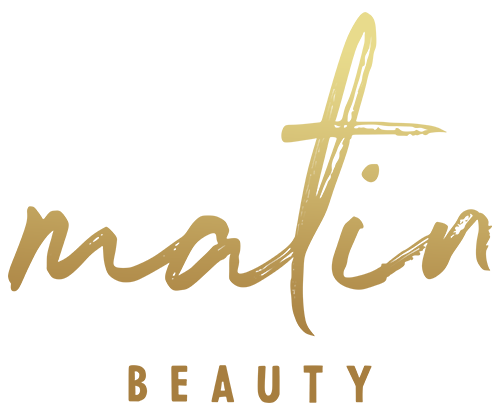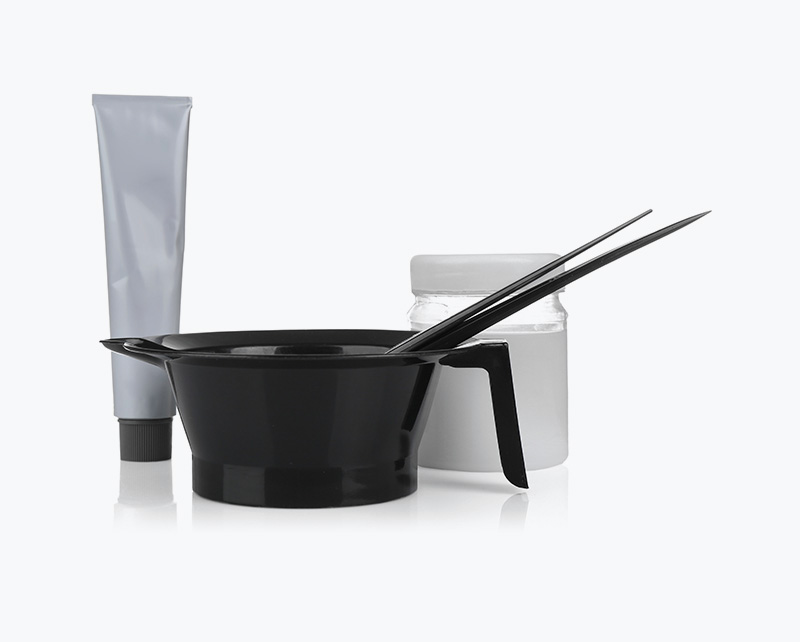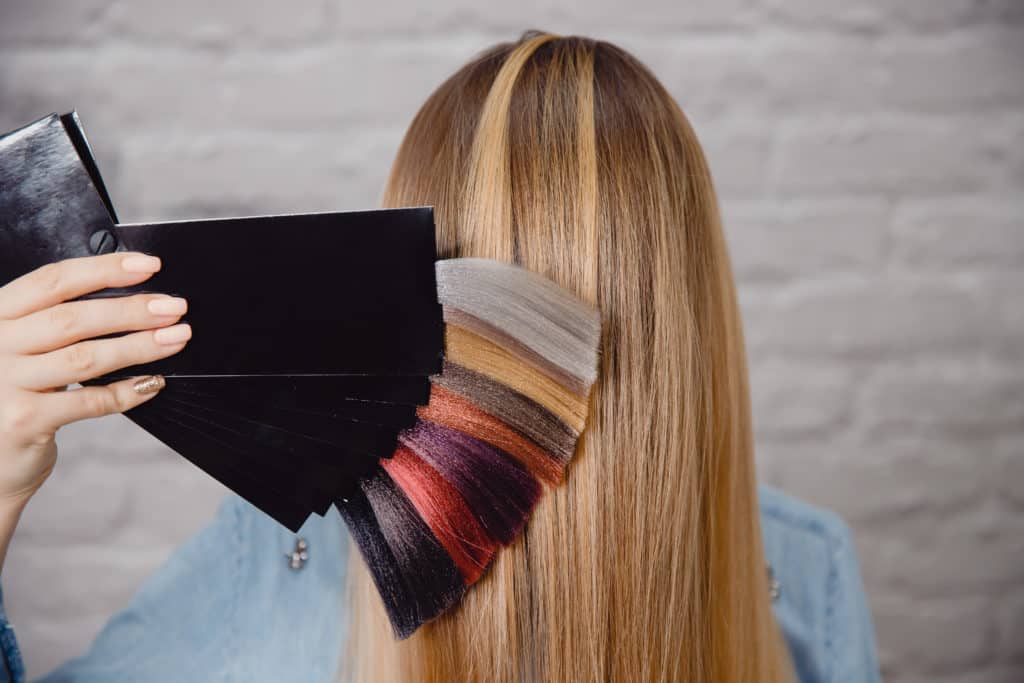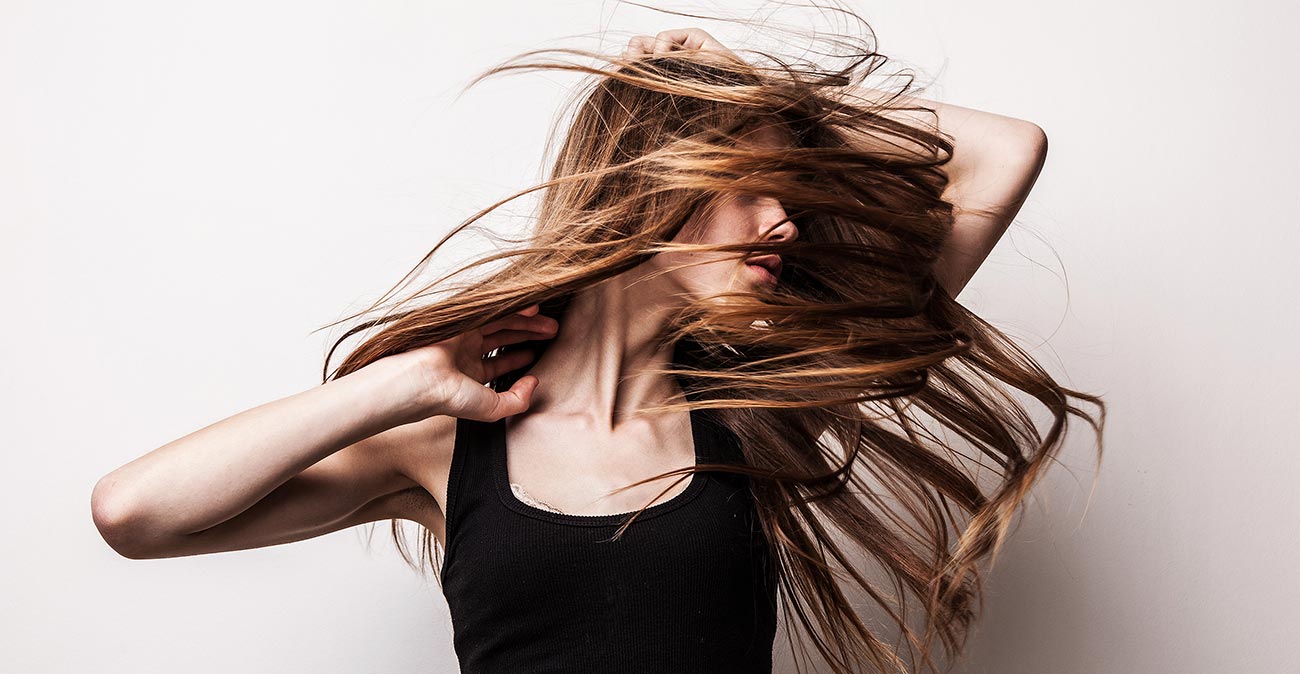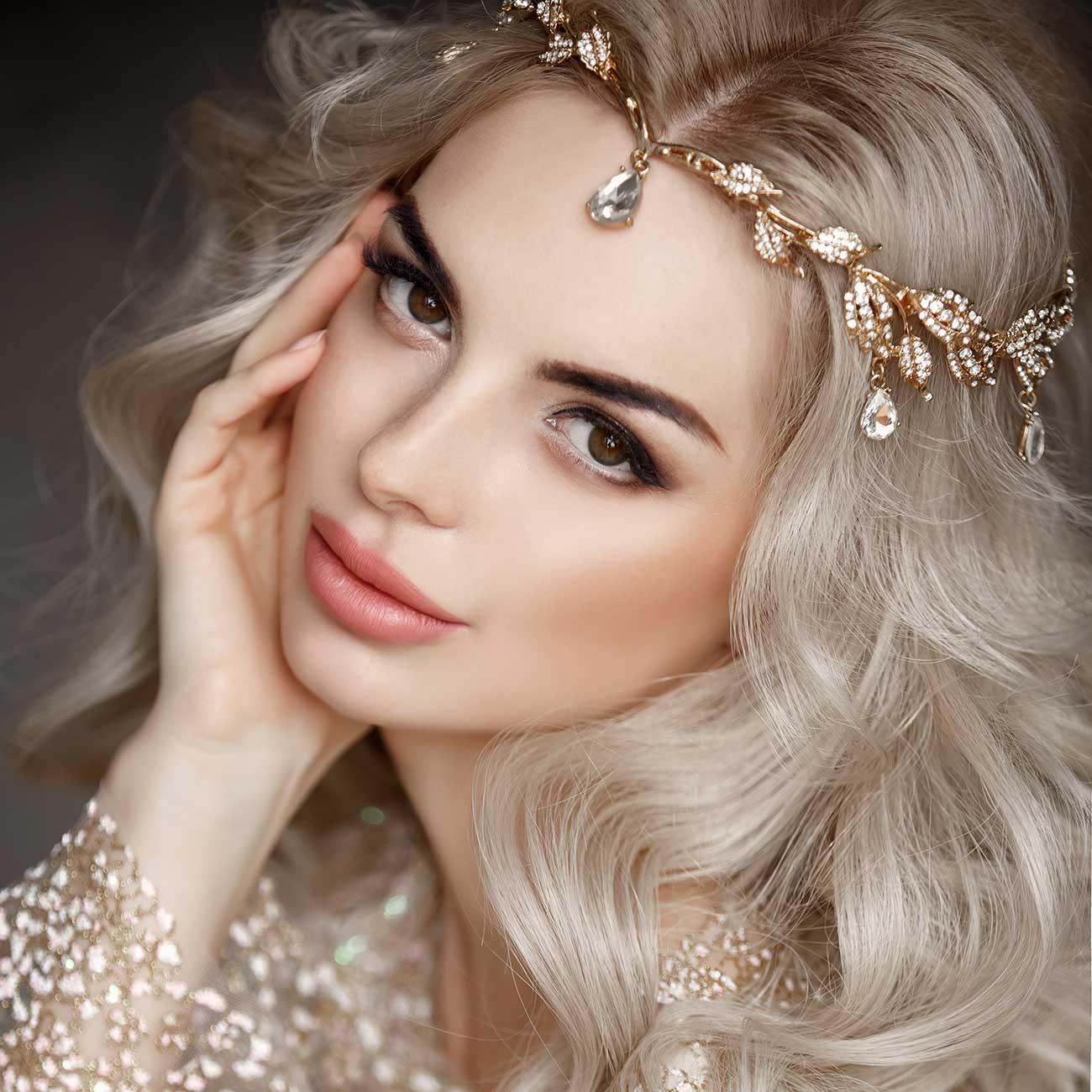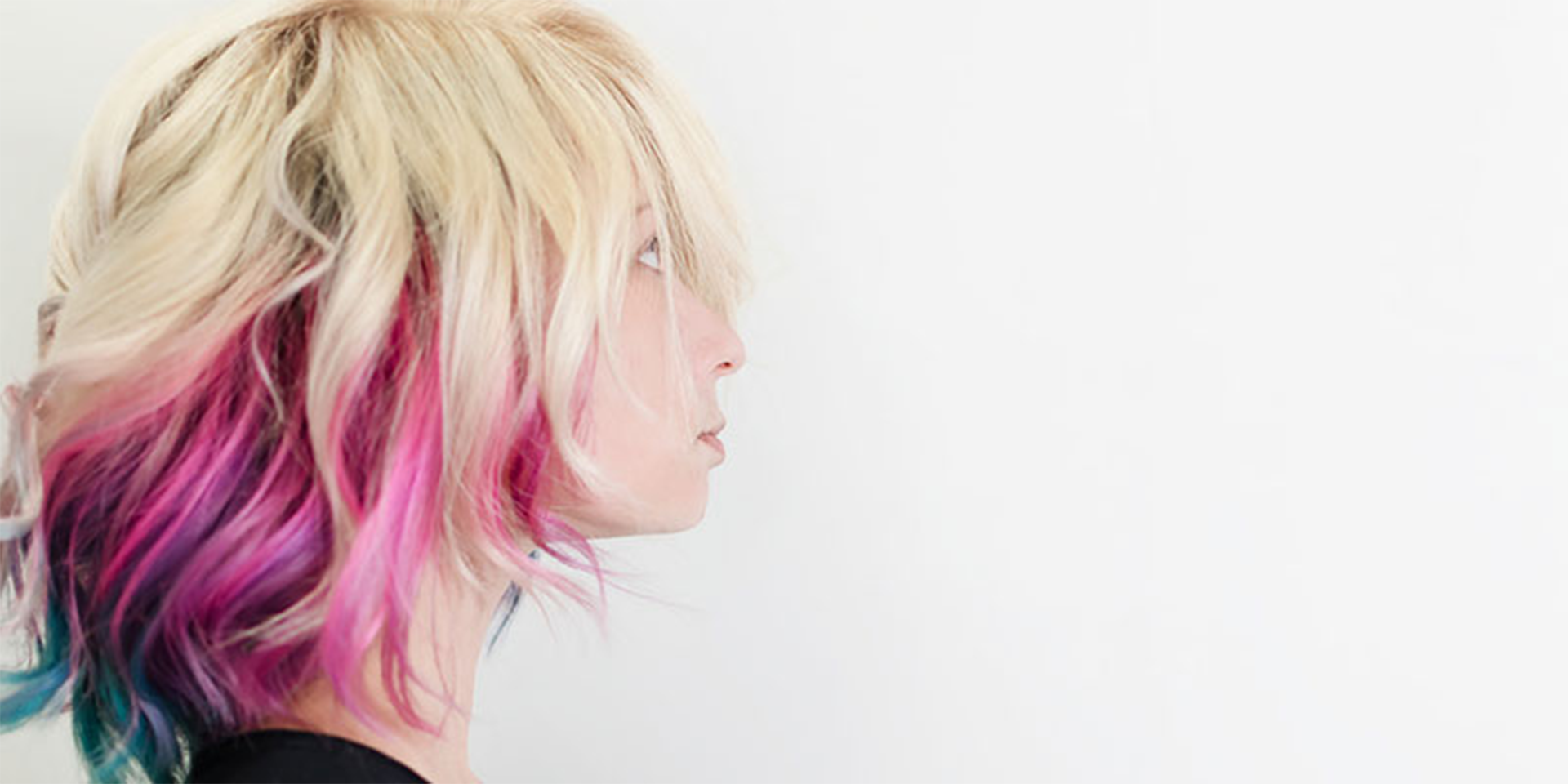
Top Coloring Tips for Your Best Hair Color Results
Hair color is one of beauty’s most complicated sciences. Follow our Expert’s Top coloring tips to help you get your home hair color just right.
Do a Strand Test Before Coloring
Before applying hair color all over, it’s crucial to do a strand test on a small section of hair first. This helps you preview how the color will turn out on your actual hair. A strand test takes the guesswork out of coloring and helps avoid surprises or mistakes.
Here’s how to do a proper strand test:
- Choose a section of hair near your face/hairline that is representative of your overall hair color and texture. Take a strand about 1 inch wide.
- Apply the hair color to just this strand as you normally would. Follow the timing directions on the box.
- Once the time is up, rinse the strand thoroughly with water to reveal the color.
- Examine the strand in natural daylight to see the true color result. Compare it to your original hair color.
- Check for the shade, intensity, and tone of the new colored strand. Does the color look natural or are there unwanted red/gold tones? Is it lighter or darker than expected?
- If you are unhappy with the strand test results, do not apply the color all over. Try a different brand or shade instead.
- Only once you are satisfied with the strand test should you apply the color to your whole head. This minimizes risk of hair color mistakes.
Doing a quick strand test first gives you a sneak peek at how your hair color will turn out. It takes a little extra time upfront but saves you from major color mishaps down the road.
Pick the Right Color for Your Skin Tone
Your skin tone plays a big role in determining which hair color will look best on you. The undertones in your complexion bring out different shades in color results.
Warm Skin Tones
If you have a warm skin tone, your complexion likely has peachy, yellow, or golden undertones. Warm tones look great with warm hair colors like golds, coppers, auburns, and strawberry blondes. These shades complement your skin’s undertones. Cooler shades like ash blondes and platinum can make your skin appear dull or washed out.
opt for hair colors with warm red, orange, or olive bases. If going brighter, stay in the warm spectrum. For brunettes, rich chocolates and chestnuts are perfect warm shades to enhance your glow.
Cool Skin Tones
Those with cool undertones have skin with hints of pink, red, or blue. Cool complexions pair best with cooler hair colors like platinums, ash blondes, and dusty rose hues. Overly warm shades can clash.
Cool skin is complemented by hair colors with blue, violet, or silver bases. Pastels, icy blondes, and darker ash browns are great shades to try. Avoid anything too brassy or golden.
Neutral Skin Tones
If your skin doesn’t clearly lean warm or cool, you likely have a neutral tone. Luckily for your neutrals, you can pull off a wide range of hair colors! From warm caramels to cool ashes, you have a lot of flexibility.
Focus on finding the most flattering hue for your eye color and complexion. Try out warmer and cooler shades to see what you like best. Just avoid extremes of either side. Stay close to your natural color for the safest option.
Use the Right Tools
Using the proper tools is essential for achieving a flawless hair color result at home. Investing in quality coloring brushes and bowls leads to more control and an even application.
Tint brushes are best for applying permanent and demi-permanent hair color. The stiff bristles allow you to thoroughly saturate every strand from roots to ends. Tint brushes come in a variety of sizes, so you can select a skinny brush for more precision around your hairline and part.
Color applicator bottles can be used for touch-ups and root applications. The nozzle gives you more directional control when applying color just to the regrowth area. However, bottles don’t allow you to fully brush through and blend hair color like a tint brush does.
When selecting coloring bowls, opt for unbreakable plastic over glass. The plastic bowls are more durable and easier to clean after each application. You’ll need multiple bowls for holding different mixes of color formulas. Having sufficient tools allows you to work quickly and efficiently.
Investing in high-quality coloring tools better equips you to achieve salon-worthy results at home. Don’t try to cut corners with cheap brushes that can lead to streaky or uneven color. The right tools give you the control you need for flawless coverage.
Section Your Hair Properly
When applying hair color, it’s important to section your hair properly first. This ensures the color is distributed evenly from root to tip and highlights/lowlights are placed correctly.
Here are some tips for sectioning hair before coloring:
- For full head color, part your hair into 4 sections – front, back, left, and right. Use clips to keep the sections separated as you work.
- For highlights or lowlights, make 1–2-inch slices starting from your hairline back to the crown. Use a tail comb to separate and hold the sliced sections.
- When doing highlights, separate the top and bottom layers. Color the bottom layer first, then go back and do the top. This prevents the highlights from blending.
- If adding face-framing highlights around the hairline, section the front pieces separately and weave.
- Part straight back sections for subtle highlights. Part zig-zag sections for bolder, more contrasting highlights.
- Section hair cleanly and smoothly. Messy sections lead to messy color results.
- Work methodically from one section to the next when applying color.
Proper sectioning ensures you distribute the color evenly for full saturation. It also enables you to place highlights and lowlights precisely where desired. Take your time to section out the hair neatly before starting the coloring process.
Apply Color Thoroughly from Roots to Ends
When applying hair color, it’s crucial to fully saturate every strand from roots to ends for even, consistent results. Focus on working the color into your roots first where there is new growth. Then thoroughly brush the color through to the mid-lengths and ends, ensuring no strands are missed.
Taking your time to apply hair color carefully is important. Rushing through the application can lead to splotches of undertones peeking through or darker roots and lighter ends. Thorough saturation and even timing from roots to tips helps the color develop evenly for beautiful, flawless results.
Some tips for applying hair color thoroughly:
- Separate your hair into sections and methodically apply color section-by-section
- Use a tint brush to coat every strand from root to tip
- Wear gloves to avoid staining your hands so you can fully saturate hair
- Set a timer and take your time working the color through evenly
- Add clips to already colored sections to keep track
- Periodically peek at your application to check for splotchiness
- Ask a friend to help color the back sections you can’t see
Taking the time to properly apply hair color from roots to ends leads to gorgeous, multidimensional, uniform color every time. Don’t rush the application and risk uneven results. Thoroughly brush color through in sections until every strand is fully saturated.
Time Your Color Correctly
When it comes to getting the best results from your hair color, timing is everything. Box dye instructions will provide specific timelines for application and processing, and it’s crucial to follow these closely.
- For permanent hair color, the longer you leave it on, the stronger the results will be. Leaving color on too long though can lead to brassiness. Follow the box recommendations for timing to get the right intensity.
- For highlights or balayage, timing will affect how light your hair gets. Leaving bleach on for less time will create more subtle highlights. Max timing will deliver brighter, lighter results.
- Toners are applied after coloring to refine the tone. They require very short processing times of just 5-15 minutes. Leaving toner on too long can result in overly ash tones.
- With root touch-up color, quick 5–10-minute timings are ideal for covering just new growth. Processing for too long risks overlap with previously colored hair.
No matter what type of coloring service you do at home, closely follow the brand’s advised timing guidelines. This will ensure you get the exact results you want from your hair color. The right timing makes all the difference between hair color that’s too light, too dark, or just perfectly on tone.
Rinse Thoroughly
After your hair color has processed fully, it’s time to rinse. Rinsing is a crucial step, as it removes all excess hair dye from your strands. Here are some tips for rinsing effectively:
- Use lukewarm water. Water that’s too hot can damage and dry out your hair. Lukewarm water is gentle yet effective for rinsing.
- Rinse until the water runs clear. Keep rinsing your hair until you don’t see any more traces of color coming out. This ensures you’ve gotten all the excess dye off.
- Use conditioner. After rinsing initially, apply conditioner and let it sit for a few minutes. Then do a final rinse. Conditioner helps lock in moisture and further removes lingering color molecules.
- Rinse with your head flipped upside down. Bend forward so your hair falls toward the ground. Let the water flow through your hair from root to tip. This helps prevent color overlap at the ends.
Thorough rinsing is key for even color results. Following these tips will help you rinse out all excess dye for shiny, vivid color that lasts.
Deep Condition after Coloring
Coloring your hair can be damaging, leaving it dry and brittle. That’s why it’s important to follow up your home hair color with a nourishing deep conditioning treatment. Look for a deep conditioner formulated specifically for color-treated hair. These contain ingredients like:
- Keratin – Fills in cracks and porous areas in the hair cuticle caused by the coloring process. Strengthens hair.
- Fatty alcohols – Provide moisture, smoothness, and softness. Help repair damage.
- Antioxidants – Neutralize free radicals and oxidative damage from the chemicals in hair dye.
- Natural oils – Penetrate the hair shaft to provide lasting hydration. Oils like argan, coconut, and olive are great options.
After shampooing, apply a generous amount of deep conditioner from roots to ends. Put your hair in a shower cap and let it sit for 10-15 minutes for maximum conditioning. Rinse thoroughly. Your hair will feel softer, smoother, and more manageable.
Deep conditioning 1-2 times per week will help keep your colored hair healthy, shiny, and vibrant. It replenishes moisture and ensures your color lasts as long as possible. Regular conditioning is crucial for maintaining the integrity of color-treated hair.
Do a Toner for Brightness
Toner is a demi-permanent hair color that deposits pigment to enhance your hair color results. It doesn’t contain developer or ammonia like permanent hair dye, so it won’t lighten or drastically alter your existing shade.
Toner is great for neutralizing brassiness and warming up or cooling down the tone of your hair after coloring. It helps seal the cuticle and can add shine and dimension.
Apply toner 1-2 days after coloring for best results. This gives your hair cuticle time to close before applying more chemical treatment.
- Use blue or purple toner to cancel out yellow/brassy tones and achieve an ashy, silvery blonde.
- Try a violet toner for removing orange from light brown hair.
- opt for a red or gold toner to counteract green or gray tones and enhance warmth.
Maintain Your Color
Maintaining your hair color and keeping it looking vibrant starts with choosing the right hair products.
First, be sure to use a sulfate-free shampoo. Sulfates are harsh detergents commonly found in shampoos that strip color from hair. Opting for a gentle, sulfate-free formula helps lock in color and keeps it looking rich for longer. Limit shampooing to 2-3 times per week, if possible, as frequent washing promotes color fading.
It’s also crucial to protect colored hair from the sun’s damaging UV rays. Use a leave-in conditioner or hair product that contains UV filters to act as a shield against color-stripping rays. Wearing a hat outside is another easy way to keep your strands shaded.
Lastly, use a weekly hydrating hair mask or deep conditioner. Colored hair tends to be drier and needs extra moisture to stay healthy and vibrant. A weekly deep conditioning treatment adds back in the moisture and smooths the cuticle for optimal light reflection and shine.
Following these simple steps for colored hair care will help you maintain a beautiful, brilliant hue for as long as possible.
Call Matin Beauty Salon today and request a professional hair CARING in Thornhill.
Give it a try at Matin Beauty and see what everyone’s fussing about.
